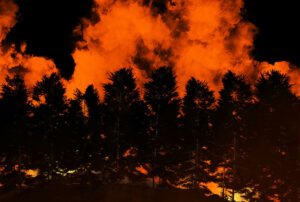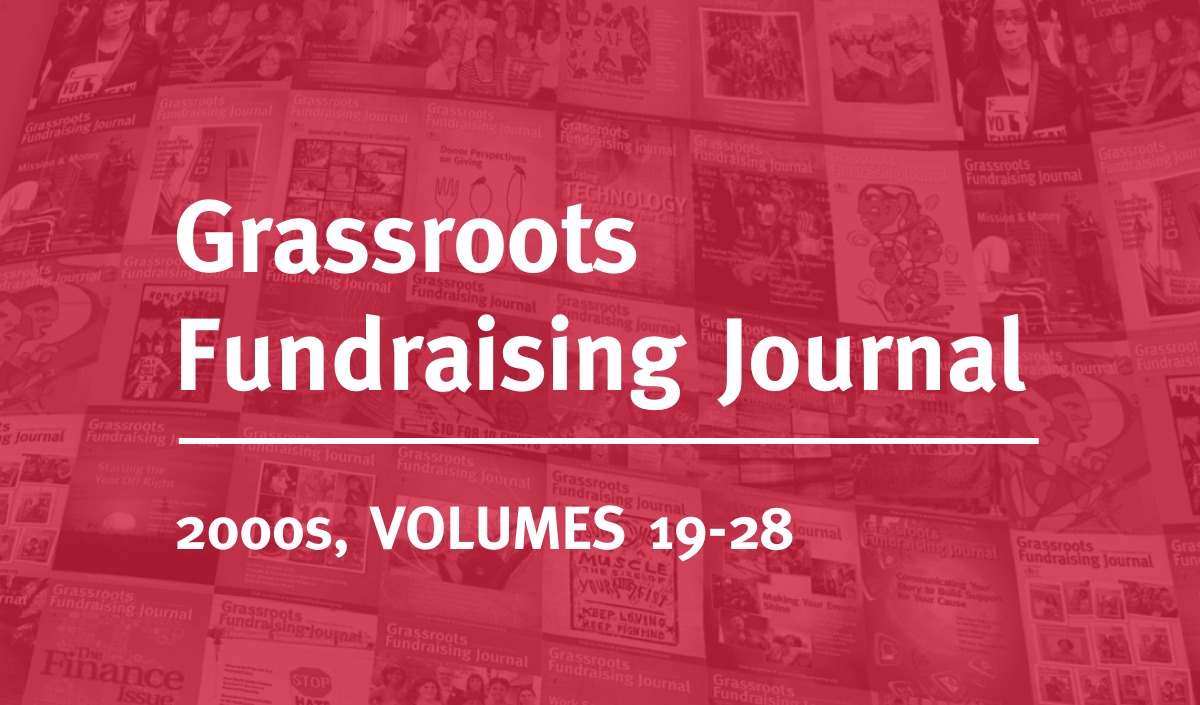March 26, 2011; Source: The Lancet | The earthquake that devastated Haiti last year and the earthquake and tsunami that ravaged Sumatra and the nations bordering the Indian Ocean in 2004 caused unbelievable death and destruction, but the problems facing Japan – and the NGOs trying to respond with help – are very different.
More than a quarter million people died as a result of the Indian Ocean tsunami, over 170,000 in Indonesia alone, and in tiny Haiti, the government’s estimated death toll is over 316,000. In Japan, tens of thousands of people have died, though the exact count is still unclear because of the huge number of missing people in communities in Iwate, Miyagi, and Fukushima, which were simply wiped from the map by the tsunami. But the challenge in Japan is more than one of death and destruction.
The most obvious difference is the potential impact of radioactivity from the six crippled nuclear reactors in various stages of meltdowns. Food, milk, and water contaminated by radioactive iodine-133 in low levels in northeastern Japan. High amounts of radioactive iodine-131 and caesium-137 have been found in tap water as far as Tokyo. Iodine-131 doesn’t last long, but if it is ingested in contaminated foods, it can damage the thyroid gland and cause cancer. Long-lasting caesium-137 contamination is even more dangerous. In Chernobyl it caused massive damage to the region’s food supply. While these radioactive materials might not have reached levels of imminent danger, meltdowns at Fukushima and the other damaged plants could unleash difficult to control problems of contamination.
Sign up for our free newsletters
Subscribe to NPQ's newsletters to have our top stories delivered directly to your inbox.
By signing up, you agree to our privacy policy and terms of use, and to receive messages from NPQ and our partners.
Some 350,000 people, including doctors, nurses, and other health workers are living in 2,500 evacuation centers in the northeastern part of the country. What makes the displaced population of Japan different than those of Haiti and Indonesia is the large proportion of the Japanese population that is elderly. According to The Lancet, 20 percent of Japanese are 65 years or older and close to 30 percent in rural areas like northeastern Japan. Médecins Sans Frontières reports significant incidence of diseases in old age evacuees, including hypertension, cardiac diseases, and diabetes, exacerbated by hypothermia and dehydration.
The result is like melding Chernobyl with a disaster of multiple Hurricane Katrinas. Japan’s first-world affluence doesn’t make it immune to a unique humanitarian disaster amidst the threat of nuclear plant meltdowns, requiring NGOs and their donors to craft disaster relief strategies that many, accustomed to crises such as the floods in Pakistan, the earthquake in Chile, and the suffering and starvation in Darfur, may not have contemplated.—Rick Cohen












